What is Tether (USDT)?
We talk about the asset that has become number one among stablecoins despite criticism
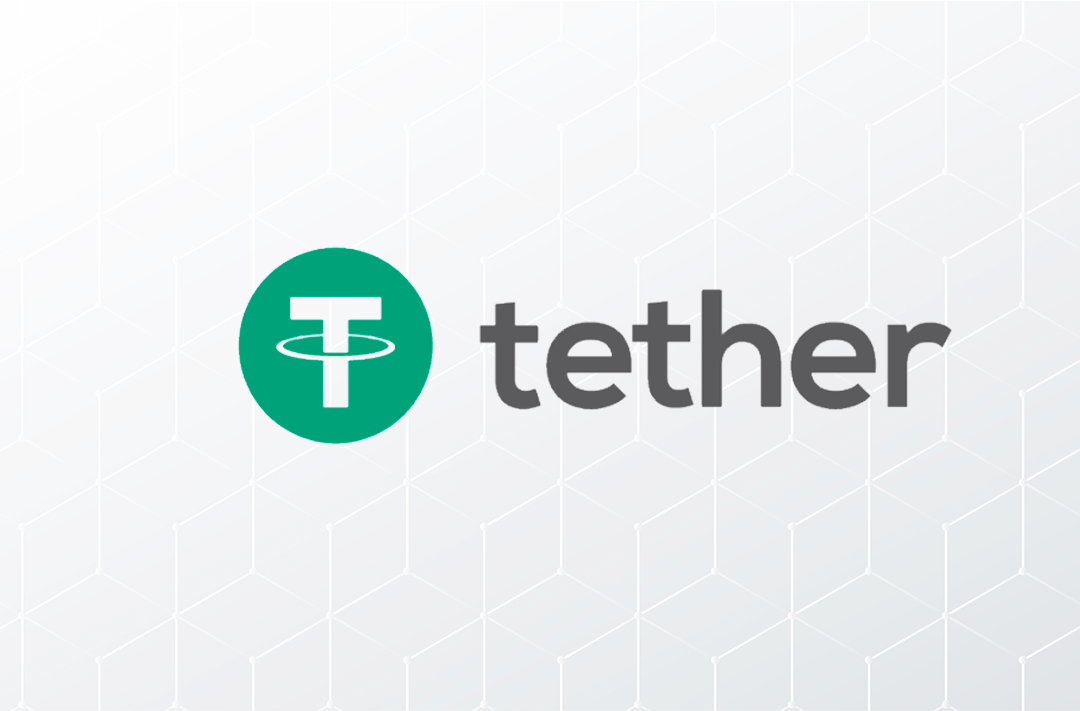
25.01.2021
3558
19 min
3
Last updated on Nov 16, 2024
Cryptocurrencies have long been an integral part of the modern economy, they are increasingly used in everyday life. One of the most famous and widely used stablecoins has become Tether (USDT). This stablecoin attracts the attention of both newcomers and experienced market participants and has its own unique nature that distinguishes it from other digital currencies. In this article, we will take an in-depth look at Tether, the history of its creation, as well as its features, and impact on the crypto ecosystem.
Content:
- Definition of Tether (USDT)
- History of creation
- Mechanism of operation and collateralization
- Technical characteristics
- Role and use of Tether
- Market capitalization and price dynamics
- Regulatory issues and criticism
- What is Tether’s Alloy?
- Where can I buy Tether?
- Where to store USDT?
- Tether’s prospects and future
Definition of Tether (USDT)
Tether (USDT) is a stablecoin that is pegged to the value of the US dollar at a 1:1 ratio. This means that one Tether token is always equal to one dollar. The concept of stablecoins emerged in response to the high volatility of traditional cryptocurrencies such as bitcoin and Ethereum. Tether allows users to preserve value and easily exchange funds between different cryptocurrencies, minimizing the risks of loss due to price changes.
|
Title |
Tether |
|
Year of launch |
2014 |
|
Native token ticker |
USDT |
|
Explorer |
|
|
White Paper |
|
|
Developer website |
|
|
Official social networks |
|
|
Where is it traded |
On centralized and decentralized exchanges (CEXs/DEXs) |
History of creation
The history of USDT stablecoin began in 2014, when a group of developers decided to create a currency that combines the best qualities of cryptocurrencies and fiat money. The idea was to create a digital asset that would be stably pegged to the dollar, providing users with the ability to conduct financial transactions without the risk of loss due to significant exchange rate fluctuations.
The project was originally called Realcoin, but was soon renamed Tether, reflecting its main idea — to “peg” cryptocurrency to real value. In parallel, the Tether project was launched on the basis of Bitcoin technology, which allowed for greater security and transparency.
From the very beginning, the founding team began to actively work on expanding the capabilities of stablecoin. They realized that the demand for Tether would grow, especially among traders and crypto investors who were looking for a stable asset to store their funds in times of high volatility in the market.
In 2015, Tether was already positioned as one of the first stablecoins on the market. However, since its launch, there have been questions about transparency and auditing. Many users demanded proof that each token issued was indeed backed by a dollar in reserve. To answer these questions, the Tether team led by Paolo Ardoino started cooperation with a number of financial consultants and auditing companies.
Mechanism of operation and collateralization
Pegging Tether to fiat currency means that each USDT token must be backed by an equivalent amount of USD. This creates a condition where 1 USDT is always equal to 1 USD. However, the fiat currency peg is only part of Tether’s mechanism of operation. The principle of token collateralization is also important, which guarantees the stability of the exchange rate.
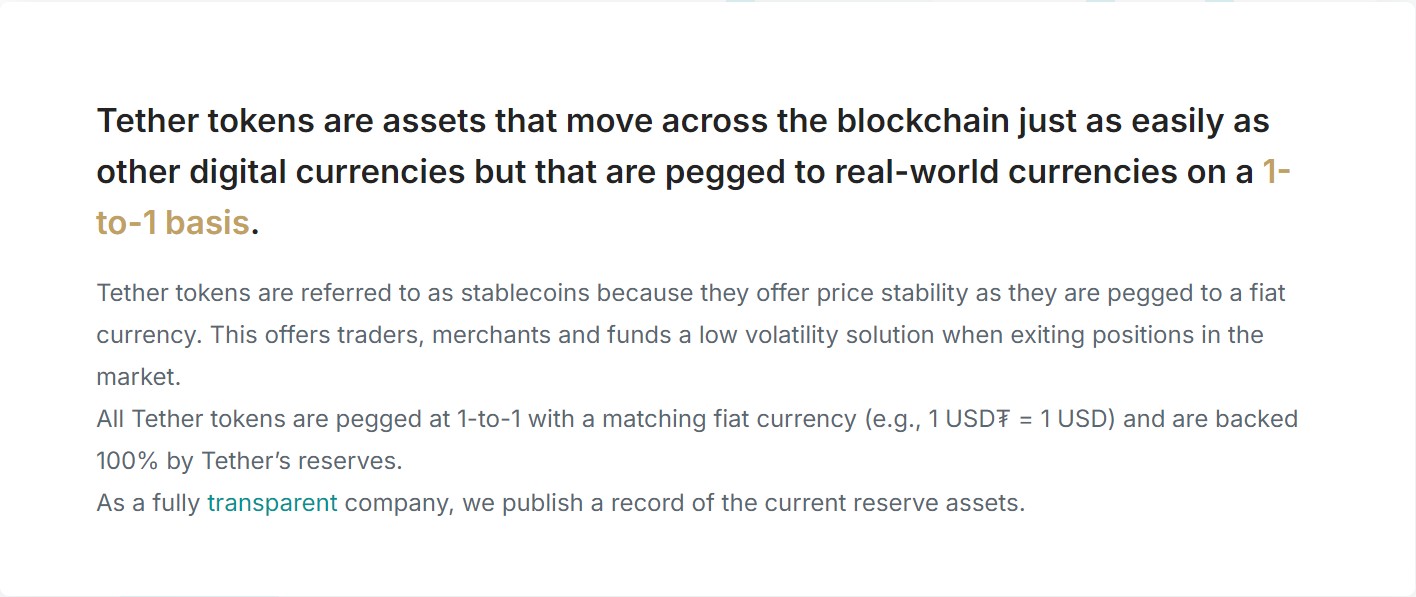
Source: Tether’s official website
Tether’s collateralization is that each token is backed by assets in the form of fiat currency and other liquidity. In 2021, Tether Holdings Limited stated that the majority of reserves are cash and cash equivalents, as well as short-term investments. The main role of reserve collateral is to keep assets liquid and withdrawable on demand.
The cryptocurrency market is dynamic and volatile, and Tether utilizes several key approaches to ensure that rates remain stable:
- Maintaining liquidity. Tether provides users with the opportunity to exchange their crypto assets for USDT, which helps maintain an up-to-date exchange rate. The more exchange offers, the more stable the price remains.
- Active interaction with crypto exchanges and trading platforms. Tether actively works with major crypto exchanges, which allows them to maintain an up-to-date price and stable demand for tokens.
- Regulation of the number of coins issued. Tether can issue new tokens when there is an increased demand, as well as destroy tokens if there is an oversupply. This mechanical regulation also affects the stability of the exchange rate.
Tether audits its reserves, which maintain the stability of the USDT, on a regular basis, between two and six times a year. However, in their published materials, the company points out that these reports are not full financial statements and are unaudited financial information based on data from their books. However, transparency issues remain relevant. Users want to see not only the total amount of reserves, but also detailed information on what assets are included in the reserves and to what extent they are collateralized.
For Q3 2024, Tether published a report stating the following:
- The total assets included in the reserves are at least $125,4 billion.
- The total liabilities are $119 380 380 143, of which $119 376 234 010 relates to digital tokens issued.
- The assets exceed its consolidated liabilities.
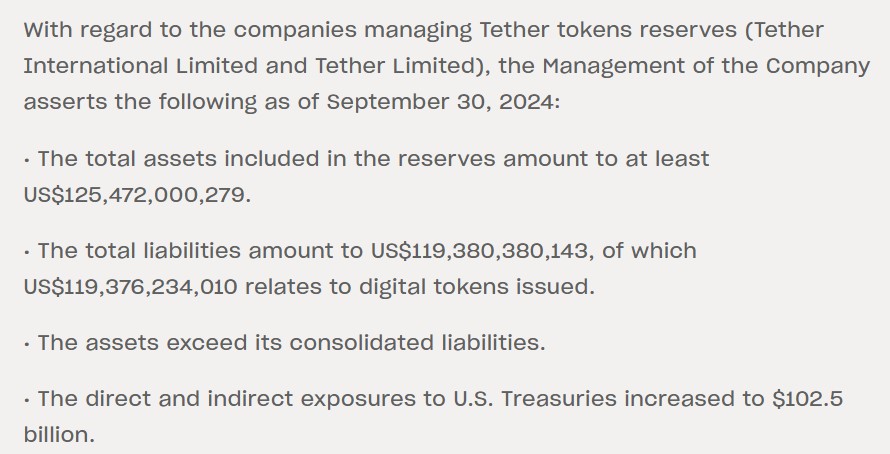
Source: Tether’s official website
Tether’s technological foundation
Tether is traded on multiple blockchains, which ensures its high liquidity and availability. The most well-known platforms on which Tether is available are Omni, Ethereum, and Tron. Each of these blockchains offers different features and benefits.
Omni Layer
Tether was originally launched on the Omni Layer platform, which provided the ability to create tokens on the bitcoin blockchain. This technology allowed tokens to be integrated with the existing bitcoin ecosystem, providing security and resilience. In August 2023, Tether ceased issuing its stablecoin on the Bitcoin Omni blockchain.
Ethereum
With Tether’s arrival on the Ethereum blockchain in 2017, the asset became more accessible and functional. The use of smart contracts on Ethereum has increased the scalability and speed of transactions with Tether. Tether tokens on Ethereum are represented by the ERC-20 standard. Smart contracts written in Solidity ensure that all transactions are executed correctly and securely.
Tron
Another important platform for Tether is the Tron blockchain, which was integrated in 2019. Tron offers high transaction speeds and low fees, making it favorable for users. Tether on the Tron blockchain uses the TRC-20 standard, which allows interaction with decentralized applications (DApps) in the Tron ecosystem.
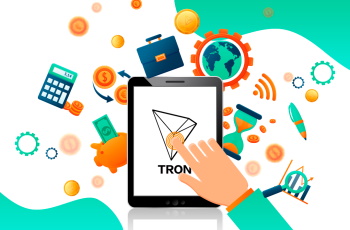
Other blockchains
There are also a number of other blockchains that Tether operates on, including EOS and Algorand. These platforms offer advantages such as higher throughput and unique features. Also on October 28, Tether began using the Aptos (APT) blockchain, which further expands the use cases of the stablecoin and allows for integration with DApps running on this network.
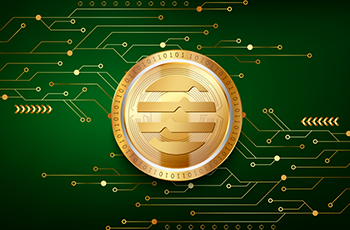
Is it worth investing in Aptos? What you need to know about the project
Experts evaluated the development prospects of the new ecosystem and the investment attractiveness of its token
In this way, Tether’s multi-blockchain strategy allows it to be flexible and adaptive, offering users a wider range of options and providing security.
At the time of writing, the total amount of USDT issued exceeds $120 billion, making it one of the most widely used stablecoins on the market.
Supply can vary depending on market demand, but it is important to note that each token must be backed by a USDT reserve or other assets. The limits on the issuance of new Tether tokens depend on the company’s reserves. This provides an additional layer of supply control and prevents unnecessary inflation that could threaten the stability of the asset.
Role and use of Tether
USDT has become one of the most popular stablecoins in the cryptocurrency market in recent years. Its main function is to be a stable asset that minimizes the volatility that characterizes most cryptocurrencies. One of the main reasons for USDT’s popularity is its ability to act as a protective asset.
In times of market uncertainty, when the price of popular cryptocurrencies becomes unpredictable, traders, and investors often transfer their assets into USDT, preserving their investments until the market stabilizes.
Stablecoin is often used not only in trading but also in arbitrage. This is a strategy where traders take advantage of the difference in prices of the same asset on different exchanges. For example, if the price of BTC is lower on one exchange, a trader can buy it there and sell it on another exchange where the price is higher. Using USDT in arbitrage allows traders to efficiently move funds between exchanges, minimizing risk.
USDT can also participate in international transactions. Unlike traditional fiat transfers, which can be costly and time-consuming, transfers in USDT, can be completed instantly and with minimal economic cost. This makes it an excellent tool for international business and private transfers. Many small and medium-sized enterprises have started using USDT to settle payments with partners abroad, giving themselves access to international markets without additional effort.
Market capitalization and price dynamics
Market capitalization is the total market value of a cryptocurrency, calculated by multiplying the current price by the total number of coins in circulation.
This metric is often used to assess a cryptocurrency’s market dominance. USDT, trading almost always near $1, derives its market capitalization mainly through changes in the total number of tokens in circulation. At the time of writing, USDT has a market capitalization of $120,4 billion.

USDT has long held the position of the largest stablecoin by market capitalization, ahead of Circle’s USDC and Sky Protocol’s DAI (formerly Maker). In the table below, we will look at the advantages and disadvantages of each stablecoin:
Title | Pros | Cons | Collateralization | Features | Capitalization |
It is stable as it is pegged to the dollar It has high liquidity It is widespread and used by most crypto traders It is backed by fiat reserves | It cannot be mined It is not a decentralized asset Regulatory risks | It is pegged to the US dollar at a ratio of 1:1 | It is collateralized not only by the dollar but also by other assets. | $120,4 billion | |
It is collateralized by reserve assets — dollars Stable price peg High market capitalization and liquidity | It is not a decentralized asset It cannot be mined Regulatory risks | It is pegged to the US dollar at a ratio of 1:1 | Unlike USDT, publishes monthly financial attestation reports. | $34,8 billion | |
Decentralized asset Multi-currency collateralized security Highly integrated digital asset in the DeFi marketplace | It has fewer trading pairs The price of DAI can fluctuate as it is backed by cryptocurrency rather than fiat | Backed by cryptocurrency | DAI has a soft peg to the dollar. A soft peg is an exchange rate regime that is used to preserve the value of a currency against a reserve currency. | $3,3 billion |
Regulatory issues and criticism
Tether Limited is constantly facing criticism from global regulators. The main accusations relate to a lack of transparency and doubts about the cryptocurrency’s full collateralization of real dollar reserves:
- In March 2021, the U.S. Commodity Futures Trading Commission (CFTC) fined Tether $41 million for “untrue or misleading statements” about the full collateralization of USDT.
- In March 2023, WSJ reporters claimed that Tether was opening bank accounts using fake documents and shell companies as early as 2018.
- In October 2023, US Senator Cynthia Lummis called on the DOJ to criminally prosecute Tether over the Hamas movement’s use of its platform for fundraising.
- In January 2024, the UN named USDT as one of the most popular money laundering tools in Southeast Asia.
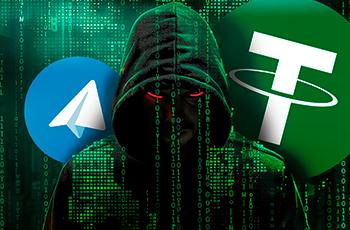
UN says illegal Telegram marketplaces on the rise and popularity of USDT among criminals
In a January report, the organization already mentioned the use of USDT for money laundering in Southeast Asia
These and other allegations confirm that the issue of transparency for Tether is very much on the table and has been the subject of numerous investigations and controversies. The US Securities and Exchange Commission (SEC) has spoken out about the need to regulate stablecoins as securities, which could lead to greater legal clarity and investor protection.
Transparency in the allocation of funds for any financially responsible institution is crucial. In the case of Tether, critics make the following claims:
- Lack of a meaningful audit: Although Tether claimed that all USDT is fully backed by dollars, the company has long failed to provide the results of an independent audit that would confirm this information.
- Questionable credibility of reporting: The company’s submitted reports, which were supposed to replace the audit, raised questions from experts about their credibility and depth.
- Changing reserve statements: Over time, Tether changed its collateral statements to include not only cash and short-term deposits, but also commercial paper and other assets in its reserves, reducing the transparency and stability of the currency.
Despite the claims, the company continues to audit its reserves with the help of third-party firms. For instance, in April 2024, Tether reported the successful completion of the System and Organization Controls 2 Type I audit.
What is Tether’s Alloy?
In June, the company announced the launch of a new digital asset called Alloy. This product represents a new category of digital assets in Tether’s portfolio. It is designed to monitor the value of the underlying asset using stabilization strategies such as the overcollateralization of liquid assets and the creation of liquidity pools in the secondary market. The first token within Alloy is aUSDT, which is designed to track the value of one US dollar. What makes aUSDT special is its overcollateralization with Tether Gold (XAUT) stablecoins, which are pegged to gold.

Tether CEO explains the aUSDT synthetic dollar strategy
He emphasized the relative stability of gold compared to bitcoin, making it a more suitable asset for short-term collateral
XAUT is a token backed by physical gold. Each XAUT token represents 1 troy ounce of gold stored in secure vaults. This means that each XAUT unit issued is directly backed by real gold reserves. Thus, the stablecoin serves not only as a savings vehicle, but also as an investment tool for those who want to diversify their assets.
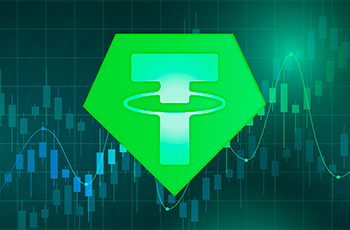
Tether has issued an asset with a peg to the gold stablecoin XAUT
The asset is initially available on the main Ethereum blockchain
One of the main advantages of XAUT is its liquidity. In the cryptocurrency market, this is especially relevant, as traders are often looking to buy and sell assets quickly. XAUT allows them to do so, thus offering users the opportunity to have a liquid gold-backed asset at their fingertips.
In addition, XAUT continues to steadily appreciate in value, making it attractive not only as a savings vehicle, but also as a long-term investment asset. From a diversification perspective, adding XAUT to an investment portfolio can reduce overall risk. Investors are given the opportunity to hedge their risks associated with the general volatility of financial markets.
Where can I buy Tether?
You can buy USDT on an exchange in a few steps. We will show it on the OKX platform as an example:
Step 1. Create an account on the OKX website, if you have not already done so, and pass verification.
Step 2. Once verification is complete, you can proceed to buy USDT. Click “Buy Cryptocurrency” on the main navigation bar and select “Express Buy”.
Step 3. Select the payment currency and amount, and the total amount of USDT will be calculated automatically. Click “Buy USDT.”
Step 4. Select your preferred payment method. Important: you cannot buy USDT for Russian rubles.
Step 5. Follow the steps specified for the payment method you have chosen. As soon as the payment is confirmed, USDT tokens will be credited to your OKX account.
Where to store Tether?
There are several types of wallets, each with its own advantages and disadvantages. The main types include hardware, software, and mobile wallets. Let’s take a closer look at them
- Hardware wallets are considered the highest security standard. These are physical devices that store private keys in a secure mode and allow transactions only when physically connected to a computer or other device. Popular models of such wallets include Trezor, SafePal, and Ledger Nano X.
- Software or desktop wallets are installed on a computer and offer a good balance between convenience and security. They vary in terms of security and features. For example, Exodus and Coinomi are known for their reliability and ease of use.
- Mobile wallets are installed on Android and iOS devices. They provide convenient access to funds and instant transactions. Such wallets as Trust Wallet and imToken have gained popularity due to their security and functionality.
There are many factors that go into choosing a way to store USDT, including security level, key control, ease of use, compatibility, and cost. You can also focus on your preferences when choosing a wallet.
Tether’s prospects and future
USDT remains a key player in the cryptocurrency market due to its stability and widespread use. The continued growth of USDT supply indicates that this stablecoin will remain an important element of the cryptocurrency ecosystem for the foreseeable future. The implementation of transparency standards and robust reserve auditing will be key steps in the process of legitimizing stablecoins in the eyes of most financial market participants.
Tether also announced ambitious plans to double its workforce by mid-2025 to strengthen compliance with changing regulatory requirements. Paolo Ardoino emphasized that this expansion is part of the company’s broader strategy to improve its ability to monitor and combat illegal activity related to its stablecoin in secondary markets.
The ability to update the platform and introduce new financial products positively impacts the future of Tether, making it an essential element in the world of cryptocurrencies and finance. It can be said with some confidence that Tether remains one of the most promising digital assets for long-term investments and a wide range of financial transactions.
Useful material?
Basics
Why Satoshi Nakamoto’s technical manifesto for a decentralized money system matters
Oct 31, 2022
Basics
Experts evaluated the development prospects of the new ecosystem and the investment attractiveness of its token
Oct 20, 2022
Basics
How to track fluctuations correctly and create an effective income strategy
Sep 13, 2022
Basics
Review of the most profitable offers from proven trading platforms
Aug 29, 2022
Basics
The Ethereum Foundation team has published a breakdown of major misconceptions about the upcoming network upgrade
Aug 18, 2022
Basics
What benefits the exchange offers, and what else is in the near future
Aug 4, 2022









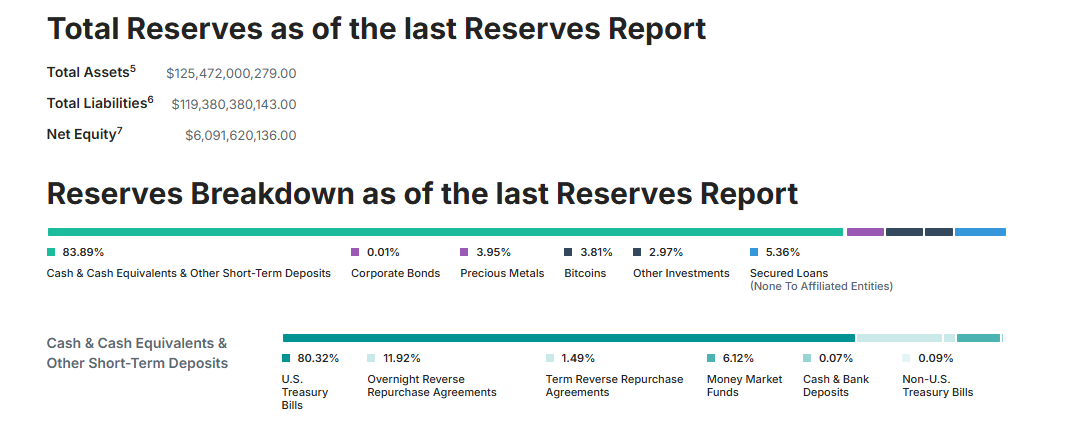
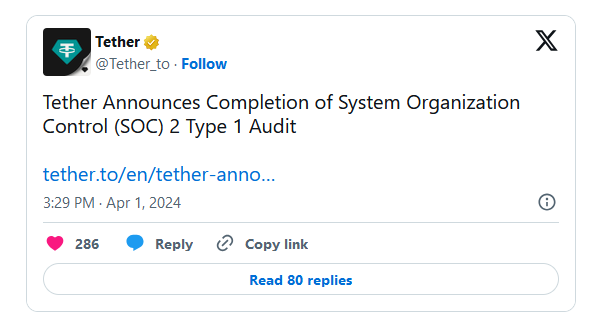
 Telegram
Telegram  Twitter
Twitter